California Reservoir Is Full For the First Time Since 1998
The beautiful state of California is home to more than 3,000 lakes and reservoirs, each of which has seen its fair share of extreme weather. From dangerous floods to thirst-quenching droughts, California lakes have seen it all.
One reservoir in particular, Lake Casitas, has struggled to retain sufficient water since its construction in 1959. But now, it is finally full for the first time since 1998 and only the fourth time ever.
The History of Lake Casitas
Lake Casitas was built, along with the Casitas Dam along the Ventura River, in 1959 by the United States Bureau of Reclamation in order to provide irrigation and drinking water for the nearby Ventura County.
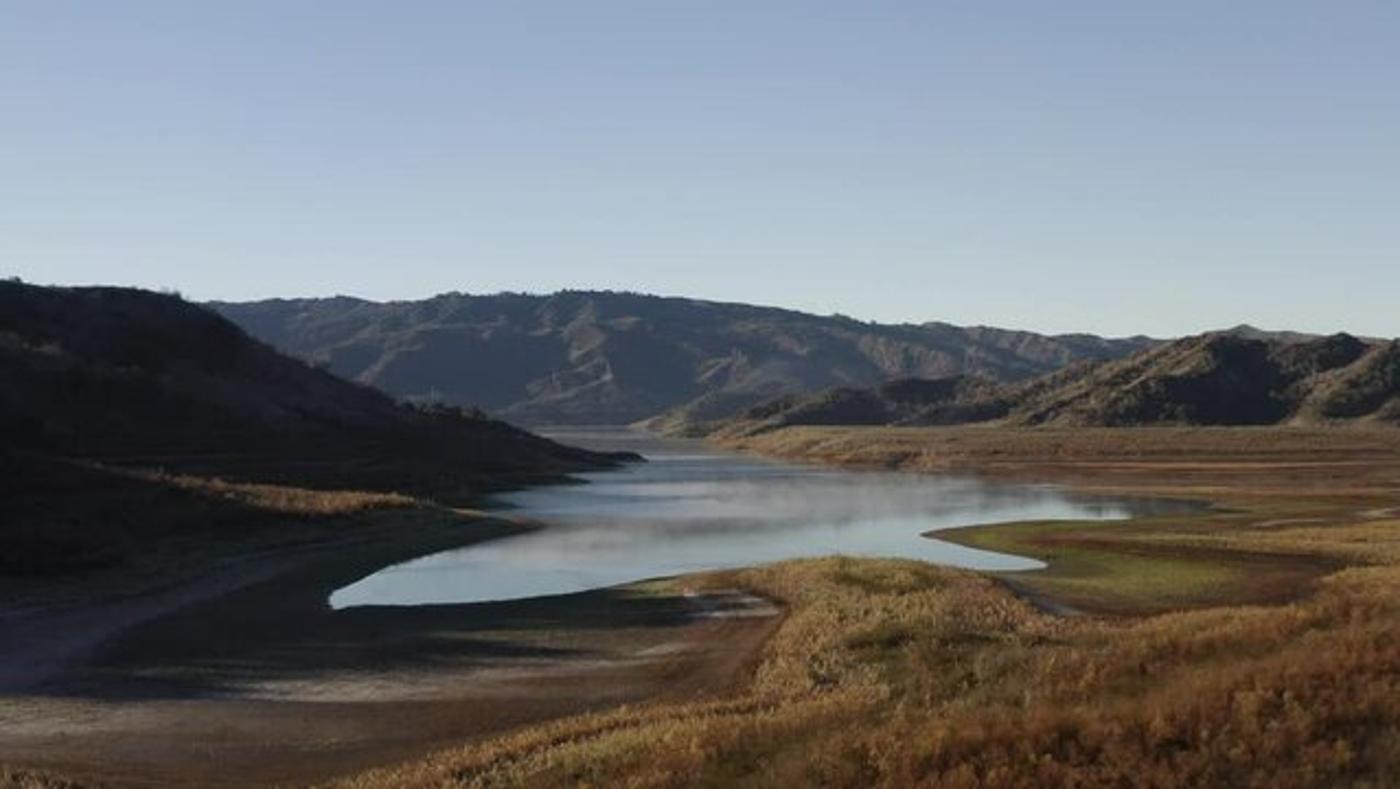
Source: Adobe Stock
The very next year, the lake filled for the first time when Southern California saw 20 inches of rain in just a few weeks. However, it would be another 18 years before Lake Casitas filled again.
The Olympics Were Held at Lake Casitas
Along with providing drinking water to its local residents, Lake Casitas’ biggest boast is that it hosted several water sporting events during the 1984 Olympic Games in Los Angeles.

Source: Sports Prints & Wall Art
Luckily, the lake had only filled for the second time in its history six years before, in 1978, so once the Olympics rolled around, there was still enough water for the rowing and canoeing events.
Lake Casitas Didn’t Fill Again for 20 Years
It wasn’t until 1998 that Lake Casitas was finally full of water again. Then, the water level quickly deteriorated again as the valley went through a drastic and elongated drought over the next 25 years.

Source: iStock
By 2023, the reservoir was all but empty, and the Casitas Municipal Water District was seriously considering implementing emergency measures as the residents surrounding the reservoir had little to no drinking water.
The Lack of Drinking Water in Ventura County
The consistent lack of drinking water in Ojai and parts of Ventura of California’s Ventura County has always been a pressing issue.

Source: Freepik
The county has implemented permanent water conservation measures, regardless of shortage or emergency, because it so frequently runs out. Water features can only use recirculated water, leaks and breaks must be corrected within 48 hours, irrigation can only be used for ten minutes at a time, and water cannot be used to ocean sidewalks, patios, or driveways.
Why Is Lake Casitas So Often Empty?
Now, you may be wondering why a human-made reservoir built specifically to provide water to local residents doesn’t seem to retain sufficient water to do so.

Source: Ventura River Ecosystem
While 30%-40% of the lake’s water is supplied by the Ventura River, water only passes into the lake during high flow, and the rest comes directly from rainfall. That means that if there was limited snow or rain that year, the river wouldn’t be high enough to deliver water to the lake.
Lake Casitas Is Full Again
Against all odds, Lake Casitas is full again for the first time in 25 years and the fourth time in its 70-year history. It is an incredibly exciting time for local residents and those who have spent decades waiting for the water to return.
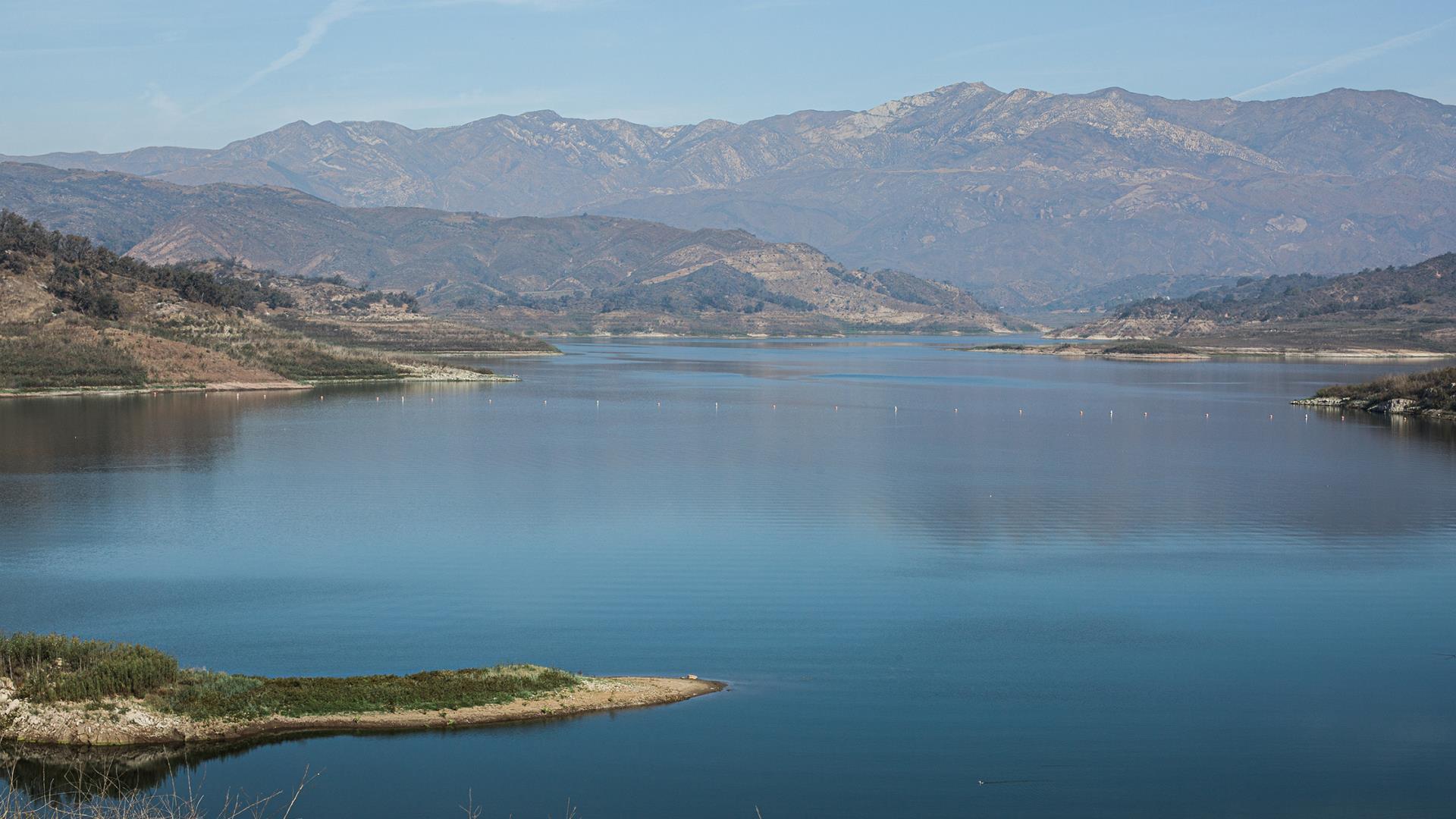
Source: Casitaswater.org
Mary Bergen, a member of the Casitas Municipal Water District‘s board of directors, told the press, “It’s one of the most beautiful things in the whole environment around it. Everyone is excited, including myself.”
Intense Rain Storms in California Filled Lake Casitas
Bergen and other residents of Ventura County have the recent rainstorms to thank for the abundance of water in Lake Casitas.

Source: Reddit
Substantial rain raised the water level to 70% last year from just 28% in 2022, but it was the recent rains in Southern California that pushed it to 100%.
California Rainstorms Weren’t Helpful Everywhere
While Lake Casitas is thriving thanks to the excessive rains, many other areas in the state aren’t faring as well. In early February 2024, two major atmospheric rivers unleashed extensive rain and intense winds on the state, causing significant damage.
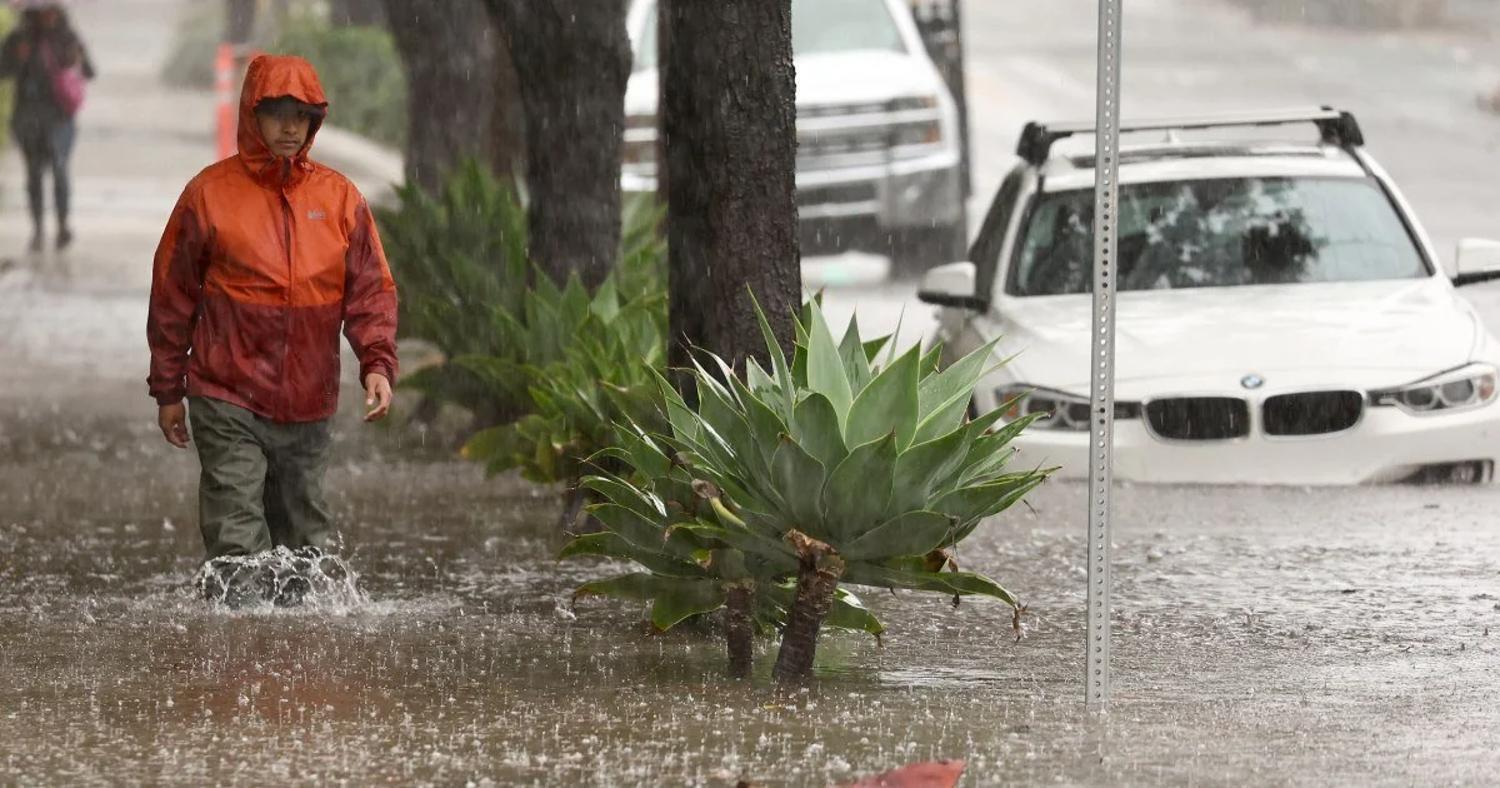
Source: Reddit
Between power outages, dangerous flooding, downed power lines, falling trees, and mudslides, two people died, and 16 million people were put at risk last month.
Another Drought Could Be Right Around the Corner
With such intense rains, at this moment in time, it’s hard to imagine that California will ever be dry again. However, another drought isn’t just possible, it’s extremely likely.
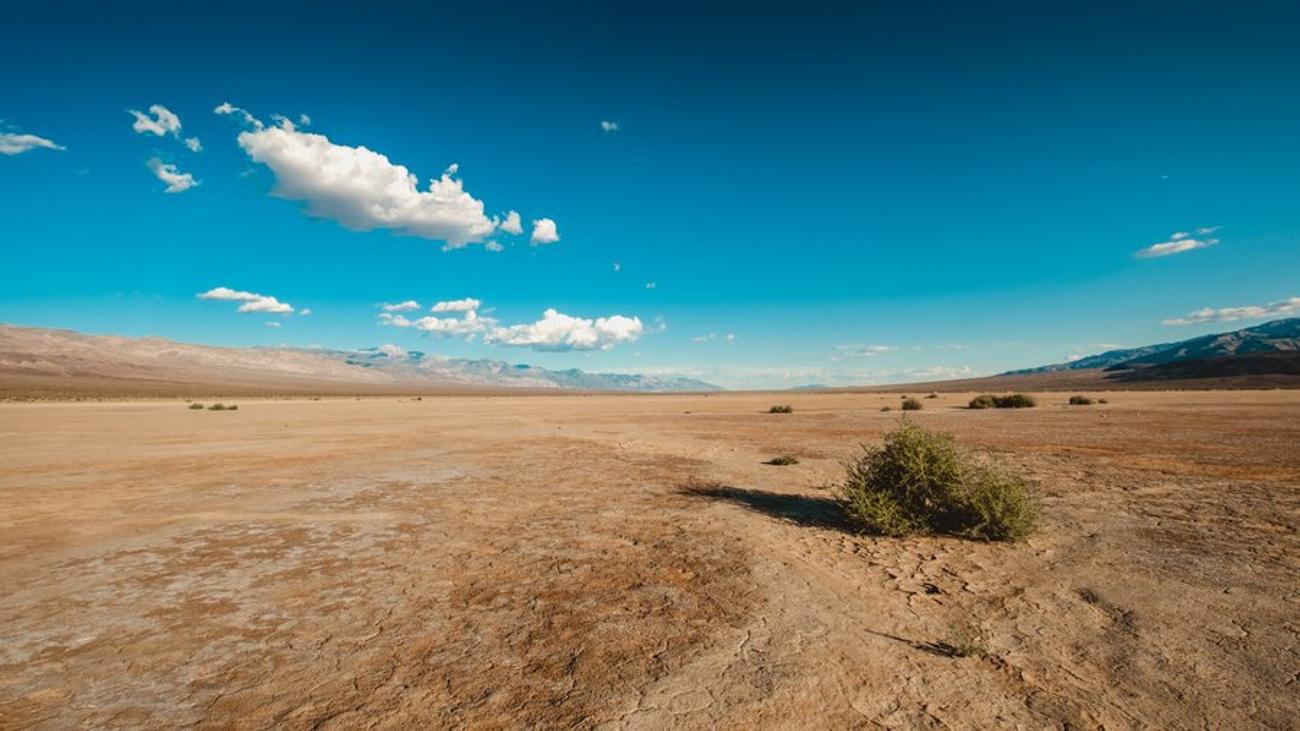
Source: Freepik
Drought has always been quite common in Southern California as the region has one of the most variable climates in the country. However, it’s not just the natural weather that’s causing California’s droughts.
Extreme Weather Is California's New Normal
Without human intervention, Southern California would likely still see some flooding and drought depending on the weather, but the extreme jump from exceptionally dry years to wildly wet ones is unquestionably a side effect of climate change.

Source: iStock
As climate change warms the planet, rising temperatures in both the air and oceans are directly causing intense droughts and rain storms throughout the Golden State.
Climate Change Will Continue to Affect Lake Casitas
Residents and visitors will certainly enjoy the high water level at Lake Casitas this summer; however, they know better than anyone that it probably won’t last.

Source: Freepik
As the effects of climate change continue to take their toll on Southern California, Lake Casitas will experience even more severe droughts and possibly even flooding over the next several decades.
Future Climate Predictions for Southern California
Climate scientists predict significant warming trends in Southern California over the next half-century. Changes are expected to reduce snowpack levels, alter precipitation patterns, and exacerbate the frequency of drought conditions.

Source: Freepik
These evolving climatic conditions pose serious challenges for water management in reservoirs like Lake Casitas, necessitating advanced planning and adaptation strategies to secure water resources for future generations.
Hydrological Modeling of Lake Casitas
Experts utilize sophisticated hydrological models to forecast the water levels at Lake Casitas, incorporating variables such as rainfall, river flow, and evaporation rates. These models are crucial for water management, helping to predict future scenarios and prepare for possible droughts or floods.

Source: Alex Ingle/Schmidt Ocean Institute
Accurate modeling is essential for ensuring the sustainability of the reservoir and the well-being of the surrounding communities.
Comparison with Other Regional Water Systems
Lake Casitas is not alone in facing water management challenges. A comparison with San Luis Reservoir shows that while both reservoirs depend heavily on rainfall, Lake Casitas has less capacity to capture high flows due to its smaller watershed.
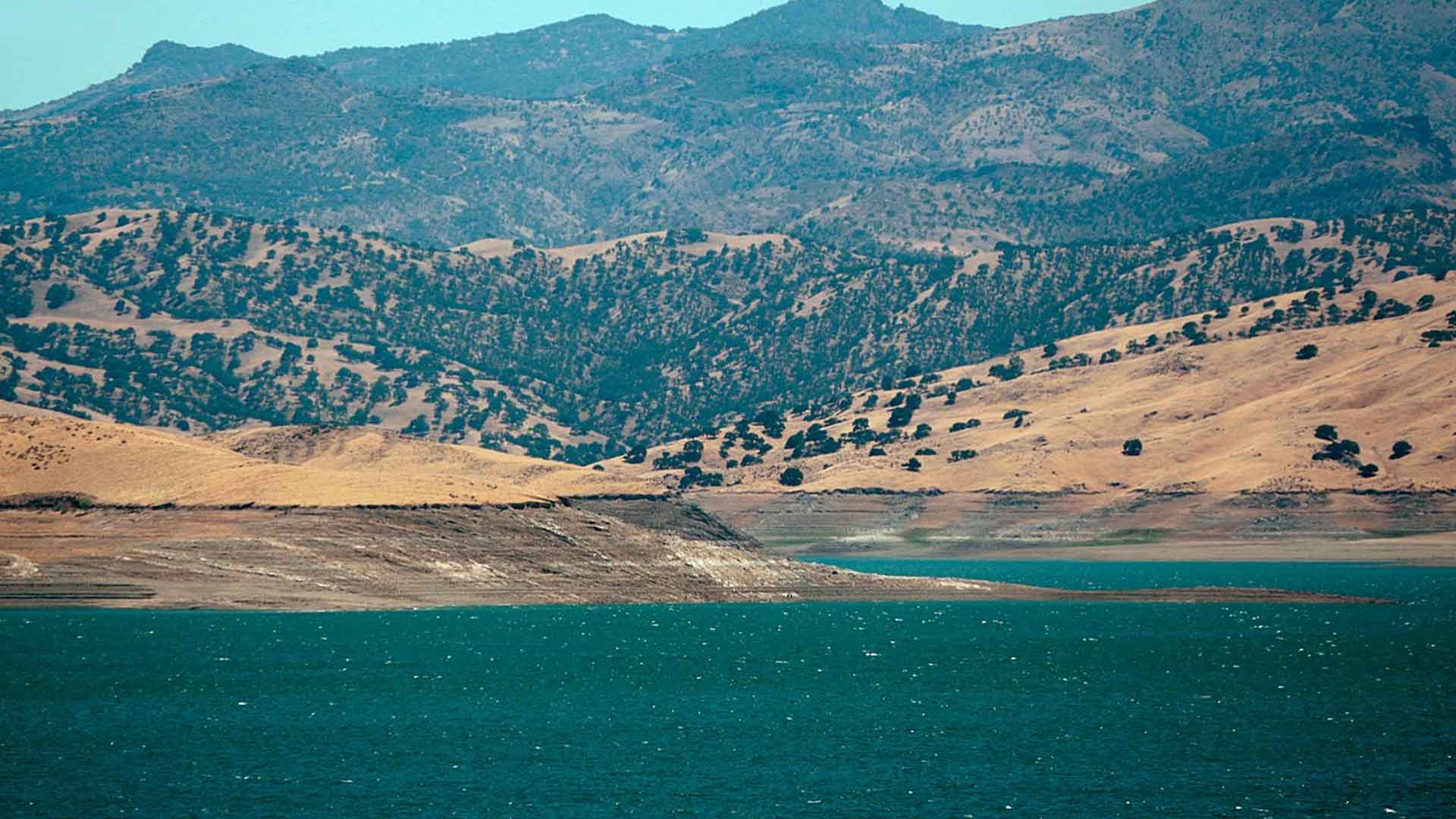
Source: JPxG/Wikipedia
Understanding these differences can help tailor specific strategies to enhance water retention and management practices suitable for each reservoir’s unique conditions.
Technological Advances in Water Conservation
In Ventura County, new technologies such as smart irrigation systems and water-efficient appliances are being adopted to maximize water efficiency.
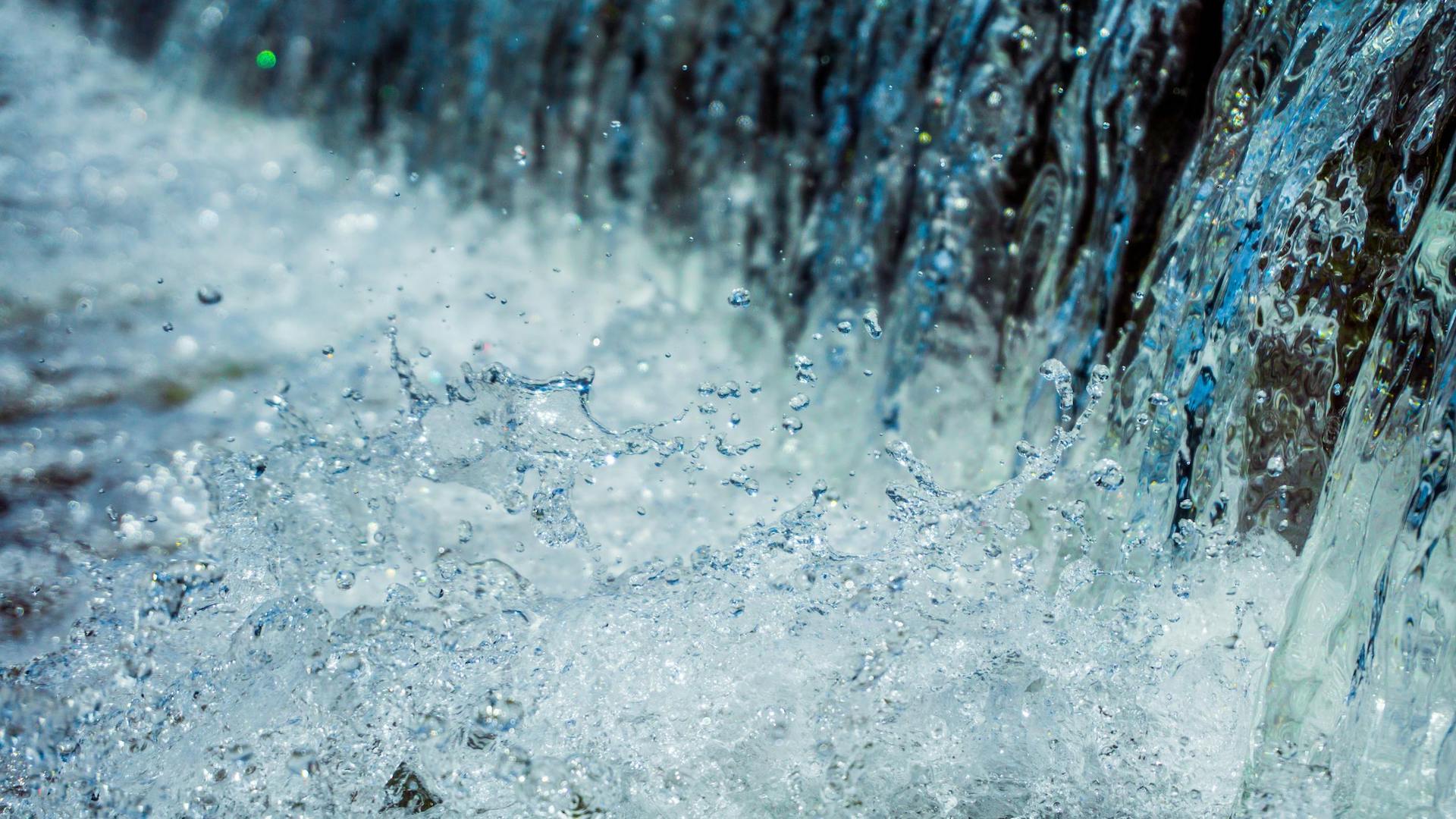
Source: Pixabay/Pexels
By reducing water waste and improving usage efficiency, these technologies play a pivotal role in maintaining adequate water levels at Lake Casitas during dry periods.
Economic Impact of Water Availability on Agriculture
Water levels in Lake Casitas significantly impact local agriculture, influencing crop selection and farming techniques. During periods of abundance, farmers can cultivate water-intensive crops, but during drought, they must rely on more drought-resistant varieties or risk losing crops and income.

Source: Tomasz Sienicki/Wikimedia Commons
This cyclical pattern affects agricultural output as well as the economic stability of farming communities in Ventura County.
Urban Planning and Water Management
Urban development around Lake Casitas increasingly incorporates water-sensitive urban design and conservation awareness to mitigate the impact of fluctuating water levels.
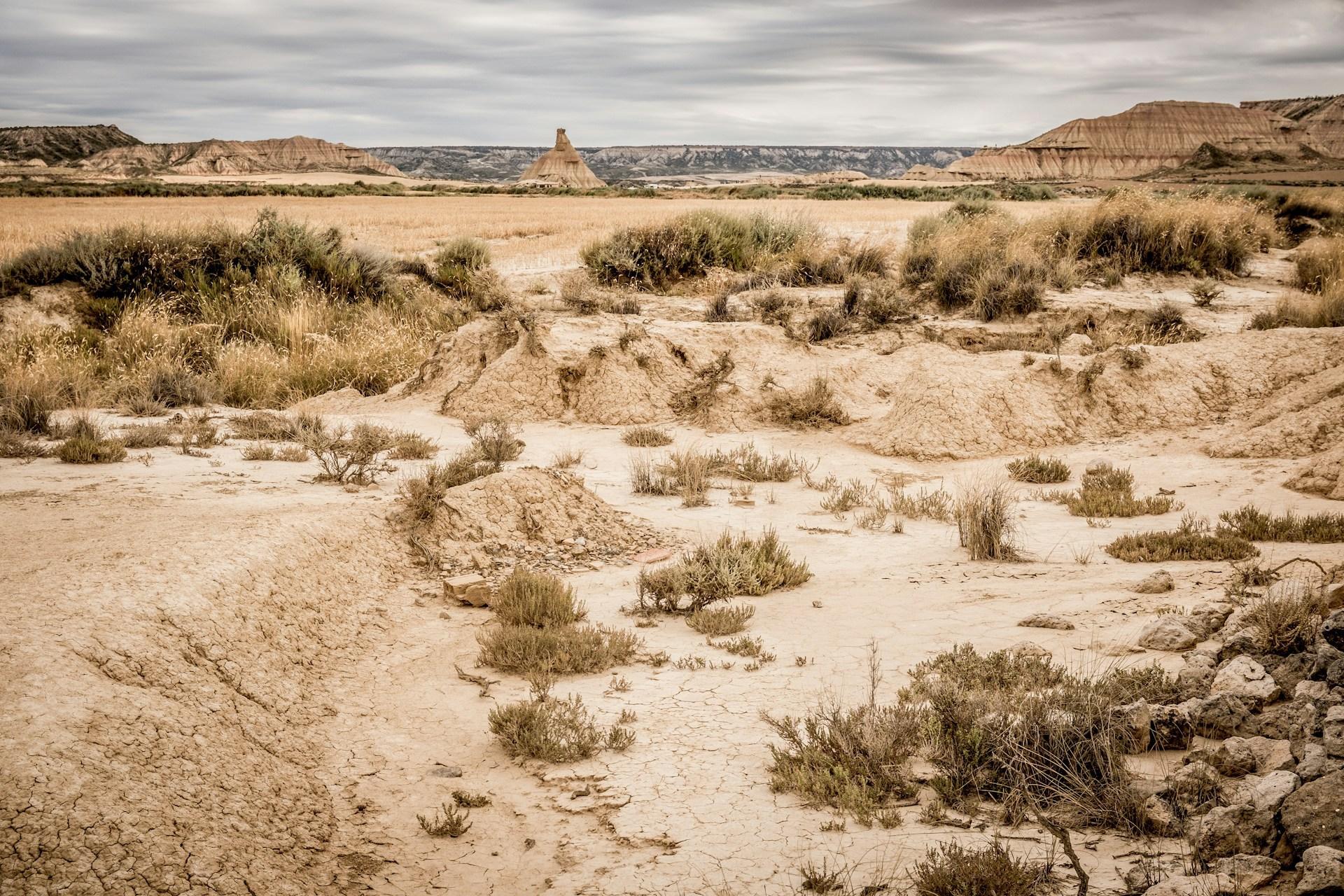
Source: Bernard Hermant/Unsplash
These initiatives are critical for sustainable development, reducing urban runoff and increasing water availability during dry spells.
Community Initiatives for Water Conservation
Local communities in Ventura County have launched initiatives like water conservation awareness campaigns to combat water scarcity.

Source: Pixabay/Pexels
These programs not only promote sustainable water use but also foster a collective responsibility among residents to protect their local water source, Lake Casitas, ensuring its viability for future generations.
Wildlife and Ecological Impact of Full Reservoirs
The resurgence of water in Lake Casitas has revitalized local ecosystems, attracting various species back to the area.

Source: Terry Foote/Wikipedia
The ecological rebound enhances biodiversity and strengthens the ecological balance, providing numerous benefits to the surrounding wildlife.
Historical Water Conflicts and Resolutions in Southern California
Southern California’s history is marked by contentious water disputes, such as the California Water Wars. These conflicts have shaped water management policies and practices in the region.

Source: Steve Johnson/Unsplash
Learning from past disputes helps inform current strategies to equitably distribute and manage water resources, ensuring that all communities, including those relying on Lake Casitas, have reliable access to water.
Public Health Implications of Water Scarcity and Abundance
Fluctuations in water supply at Lake Casitas pose significant public health risks. Water scarcity can lead to poor sanitation and increased concentration of pollutants, while abundance can cause flooding from spillage if not properly managed.

Source: Ezra Jeffrey-Comeau/Unsplash
Continuous monitoring and management of water levels at Lake Casitas will be important for protecting public health in the surrounding communities.
Impact of Recreational Activities on Lake Casitas
The restored water levels at Lake Casitas have reinvigorated local recreational activities, boosting the economy through increased tourism.
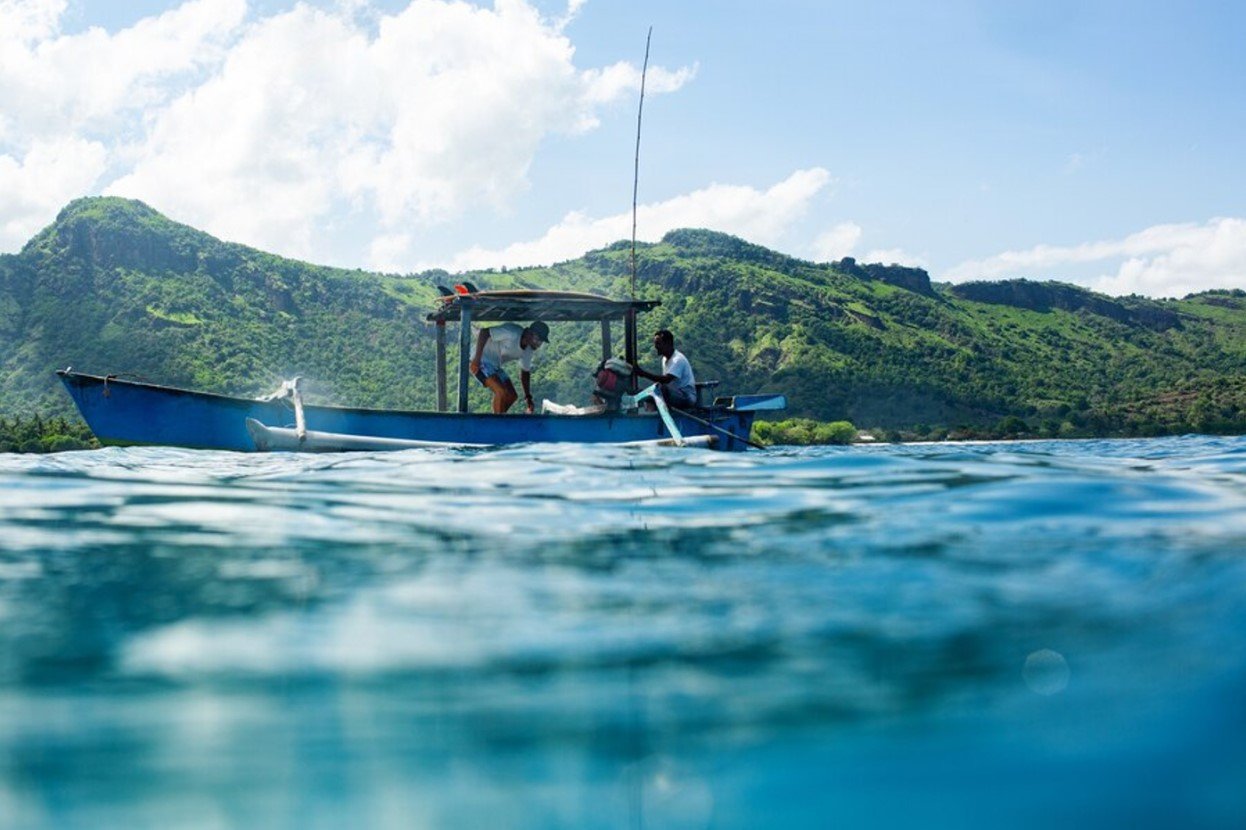
Source: Freepik
Activities like boating and fishing attract visitors, enhancing local businesses and promoting community well-being.
Long-term Sustainability Practices for Water Management
Adopting long-term sustainability practices is crucial for maintaining the health of Lake Casitas.

Source: Daniel Sinoca/Unsplash
Strategies such as enforcing water conservation ordinances, investing in renewable energy sources for water treatment, and enhancing public awareness campaigns can help sustain water levels, while water level monitoring systems and emergency preparedness plans can mitigate potential risks.
